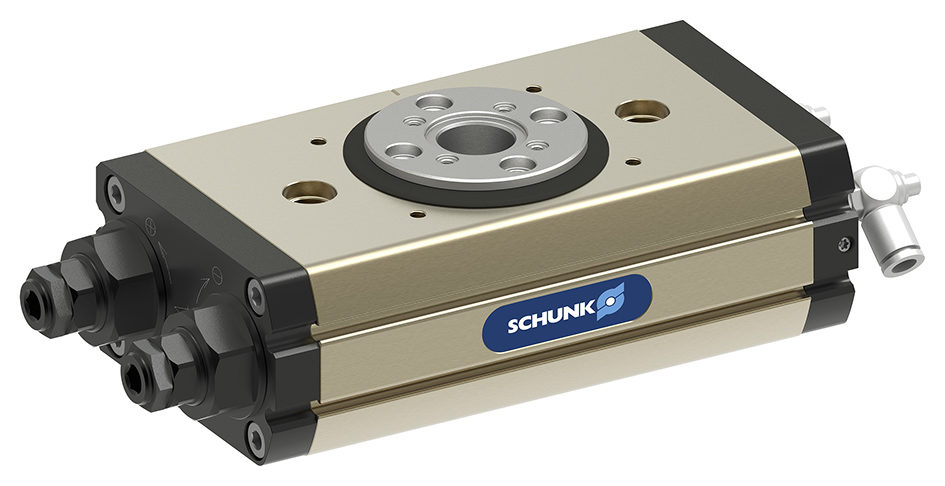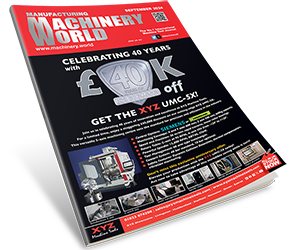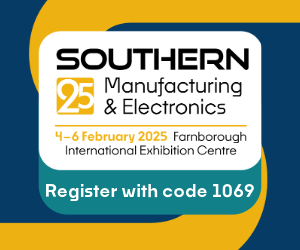Open: Free space for interfaces, control, and systems
“The current development of production and assembly automation is characterised by three factors: The smart factory, automation and digitisation of systems and processes,” notes Henrik A. Schunk, Chief Executive Officer, SCHUNK GmbH & Co. KG, with a view to the recent Motek 2018 exhibition.
“We are currently seeing versatile, autonomous, and highly automated production systems revolutionising our factories. Intelligence, interconnection and collaboration have become the drivers of component development in handling and assembly.” With its comprehensive gripping system program and its digital services, SCHUNK provides answers to the requirements of tomorrow and allows the necessary freedom in the choice of systems, interfaces, and control.
Digital Twins
SCHUNK already supports design engineers, programmers and project developers with its know-how right from the start of the system design. As part of an OEM partnership with Siemens PLM software, the innovative family-owned company has put together an attractive entry-level package for the simulation of handling solutions. For six months, interested parties can use the full version of the simulation software Mechatronics Concept Designer™ from Siemens PLM Software, the library of digital twins of SCHUNK components and the corresponding support free of charge.

The tool can be used to simulate entire assembly systems in three-dimensional spaces and digitally map the entire engineering process from design through mechanics, electrics and software, right up to virtual commissioning, all in one system. Simultaneous engineering accelerates the entire systems development process, minimises the complexity, increases flexibility and ultimately saves a great deal of money. Changes can be applied within no time at all and their feasibility verified. Furthermore, comparable follow-up projects can be implemented a great deal faster than was previously possible.
End-of-arm modular system for lightweight robots from UR
A second highlight at the Motek 2018 is the end-of-arm modular system, which is specifically tailored to the 6-axis lightweight robots from Universal Robots. Up to 36 product combination possibilities are available from the standard program consisting of electrically and pneumatically controlled grippers, quick-change modules and force/ torque sensors. All components can be connected to the UR robot arms via Plug & Work. Neither attachment kits nor external valves are required for this. Furthermore, special plug-ins will facilitate commissioning in the future, meaning particularly newcomers will be able to benefit from a fast and uncomplicated entry into robot-assisted process automation.
Benchmark for swiveling
The SCHUNK SRM swivel module proves the fact that the competence leader for gripping systems and clamping technology is also continually expanding its traditional portfolio. Compared to the existing pneumatic swivel units on the market, the powerful module scores with a hitherto unique combination of high torques and high mass moments of inertia at short swivel times, large center bore, robust bearing, and at the same time slim interfering contours.

In the framework of the development of the high-performance module, SCHUNK has used the latest simulation technologies enabling for the first time reaction forces, pressure sequences, impact speeds, kinetic energies, and drive energies to be recorded. New dampers and special piston seals as well as a Viton/FKM seal form the basis for the hitherto unique service package and high robustness.
Expansion of the 24 V program
SCHUNK also relies on gripping system components in the 24 V segment, and is presenting the low-wear, shock-absorber-free swivel module SCHUNK ERP at the Motek. The mechatronic component is equipped with an intelligent auto-learn function, and automatically adapts its movement profile to the respective weight of the part. Impacts, vibrations, and uncontrolled movements at maximum speed are thus eliminated. This minimizes the noise level and wear and makes the use of hydraulic shock absorbers superfluous. At the same time, the shortest of reaction and travel times are possible.






